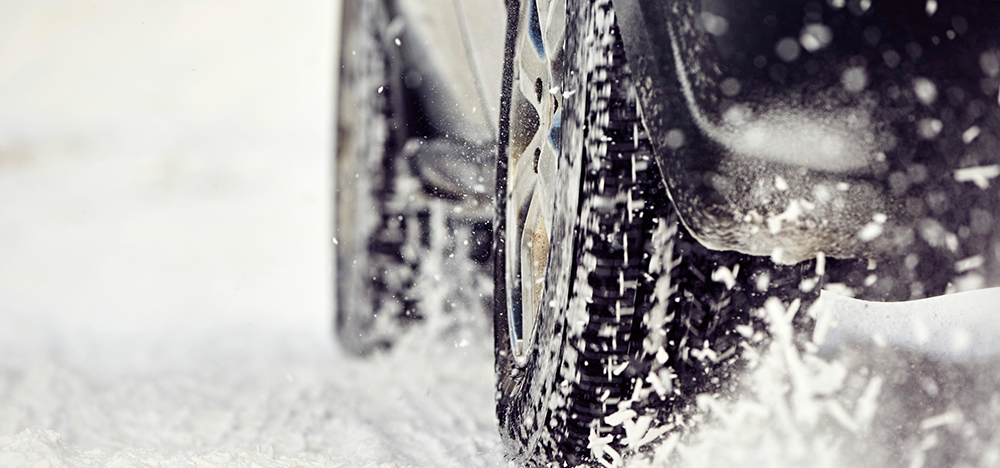The M+S tire marking system was first introduced to differentiate knobby bias-ply tires from the more common rib treads on early radial car and light truck tires. Over time, M+S became a standard marking to show the tire had some "all-season" capability compared to summer tires. Unfortunately, it is a very one-dimensional test in that it only measures traction in packed snow and mud. It does not measure traction on ice, or traction on cold dry roads. As such, it falls short of helping people fully evaluate performance in typical winter driving conditions. A much more comprehensive measure of winter tire performance is the more recently introduced Mountain/Snowflake Symbol for Severe Snow and Winter Traction.
Recognizing a need for a more up-to-date and helpful measurement of true winter performance, and a way to differentiate all-season tires from winter tires, the Rubber Manufacturers Association (RMA) devised the Mountain/Snowflake symbol. When you see this icon on the sidewall of your tire, you can be assured it meets more stringent winter traction performance requirements than the M+S rating that is on many all-season tires.
Most all-season tires do not qualify for the Mountain/Snowflake symbol because the tread rubber in all-season and summer tires become hard at temperatures below 40 F. Only dedicated winter tires, some all-terrain light truck tires, and some of the latest generation "all-weather tires" meet the traction qualifications for the Mountain/Snowflake symbol.
There are only a few areas in North America were winter tires are mandatory. In some Canadian provinces, only tires bearing the Mountain/Snowflake symbol are considered acceptable winter/snow tires, and by law must be used from October through March.
Winter tire usage laws are under consideration for some northern U.S. states as well, but for the time-being, good all-season tires that carry the M+S symbol continue to be the broader definition for the minimum acceptable levels of winter traction. M+S rated tires or snow chains are usually permitted in mountain passes and other areas under winter weather advisory conditions.
